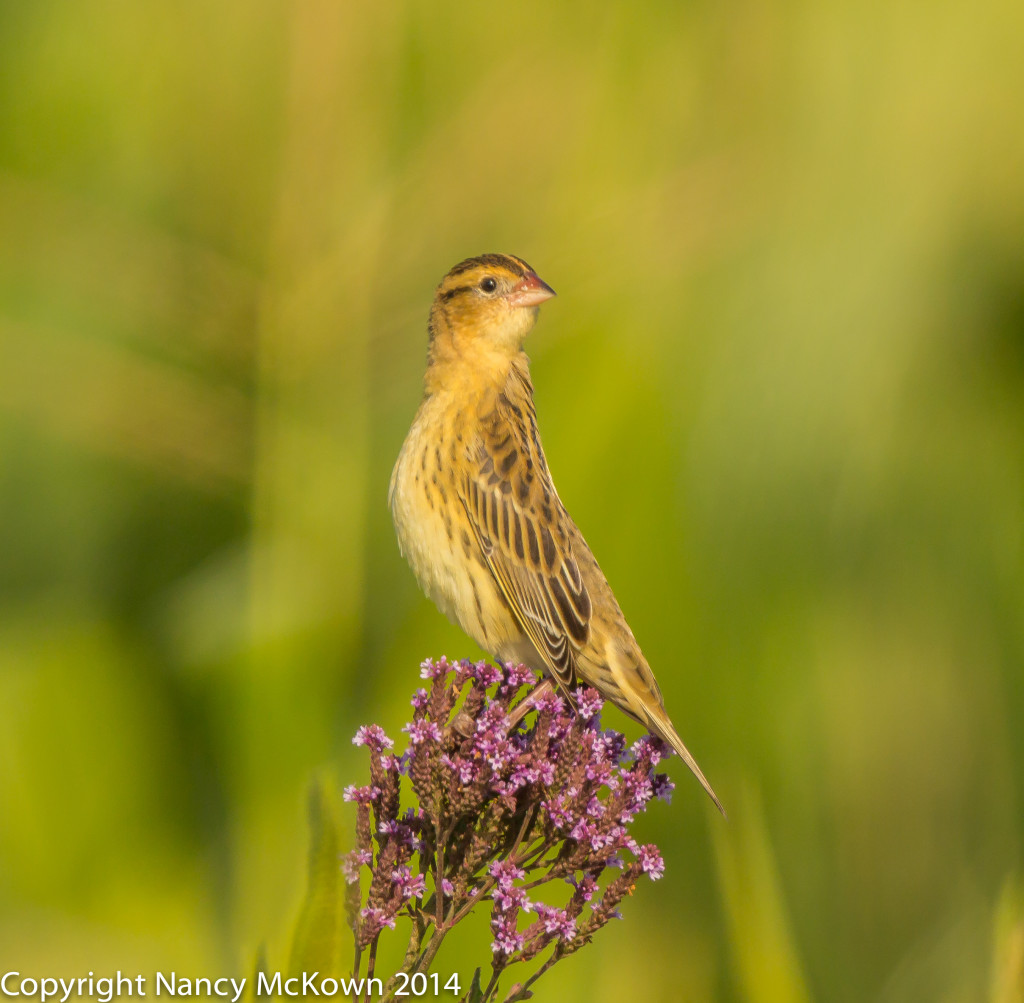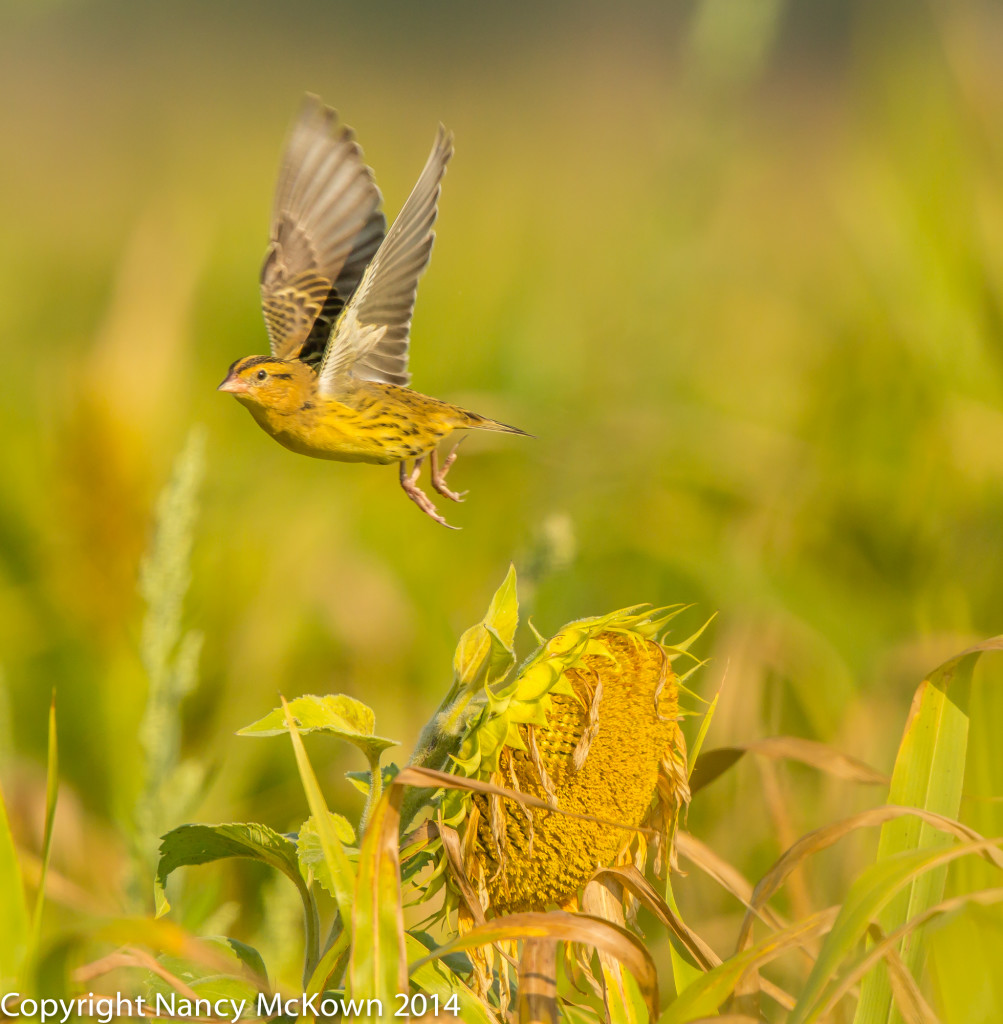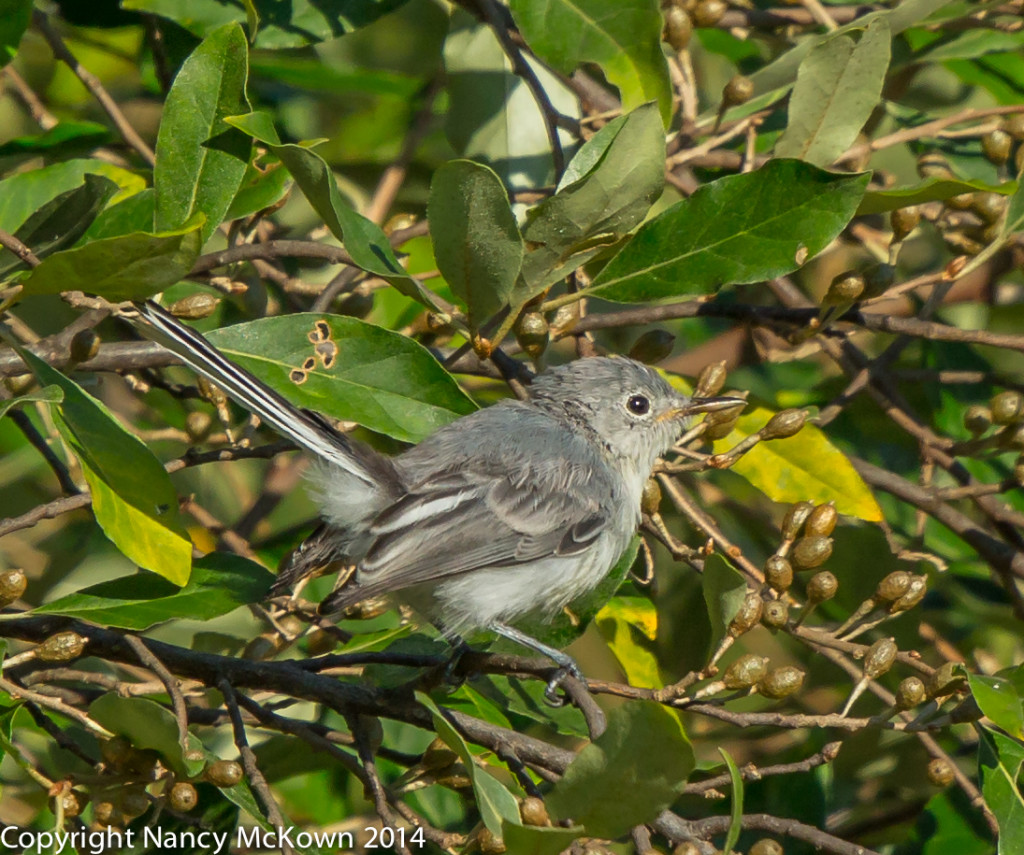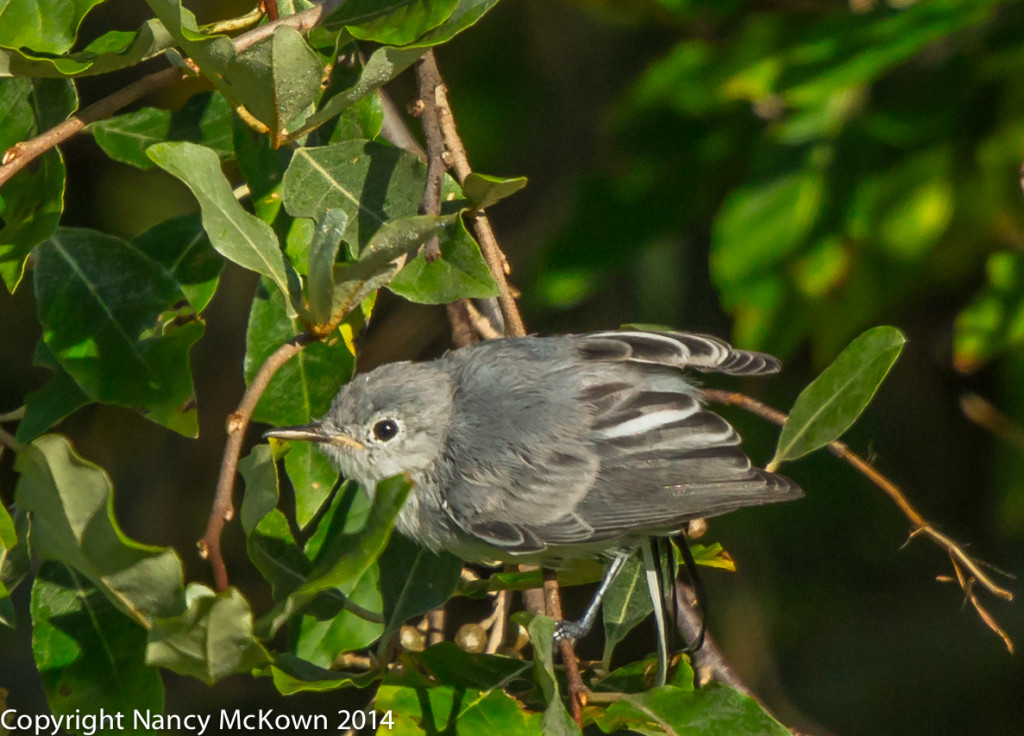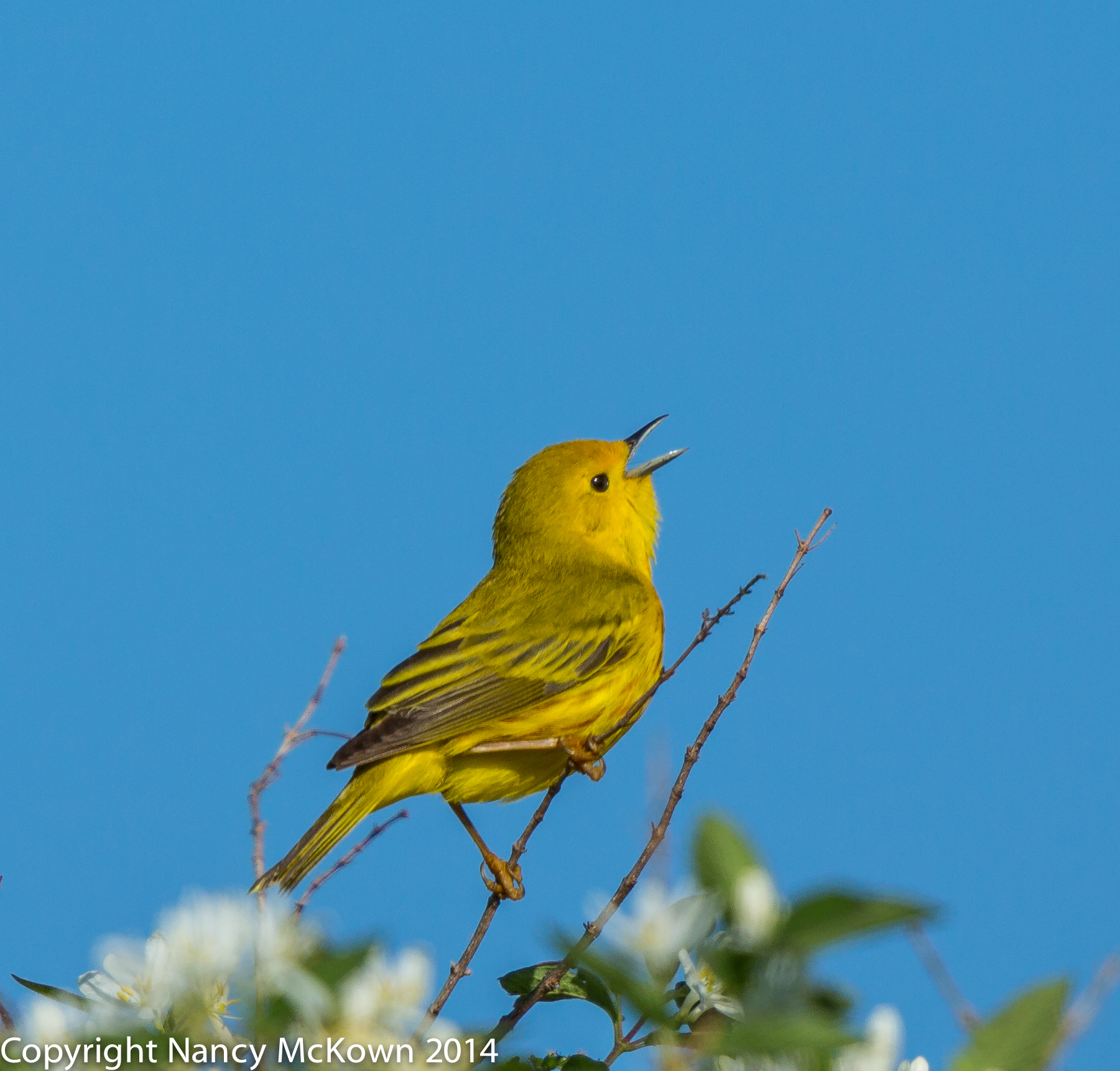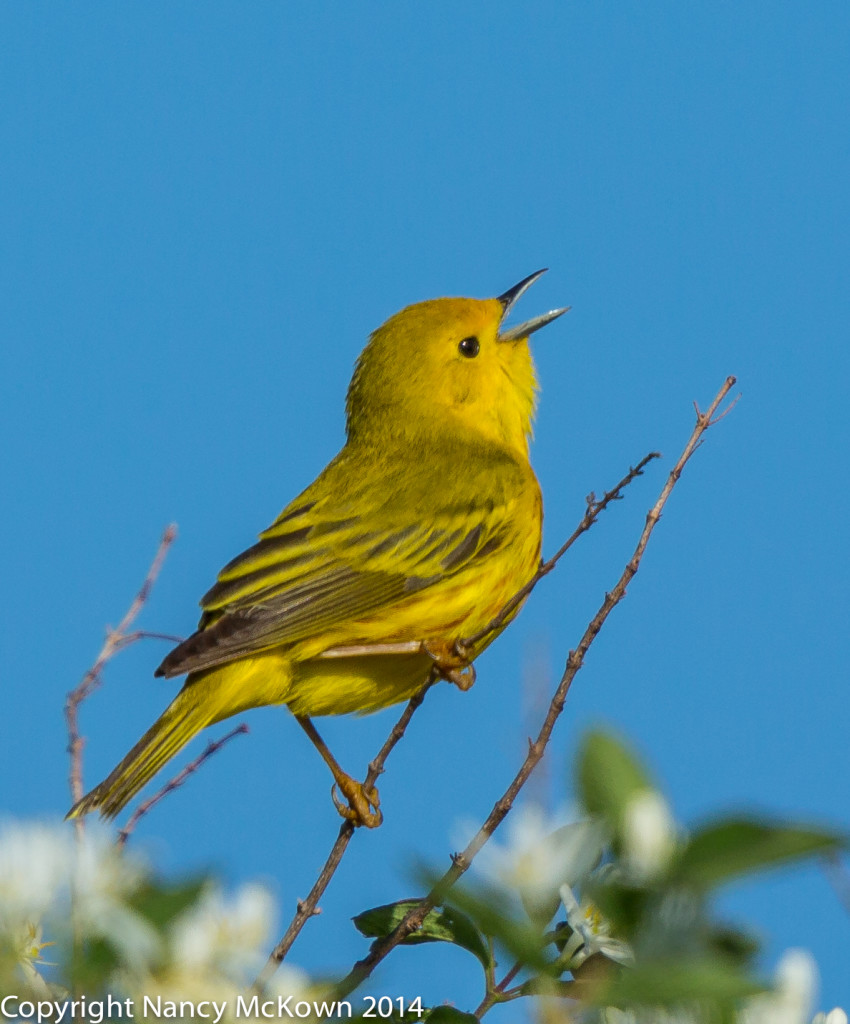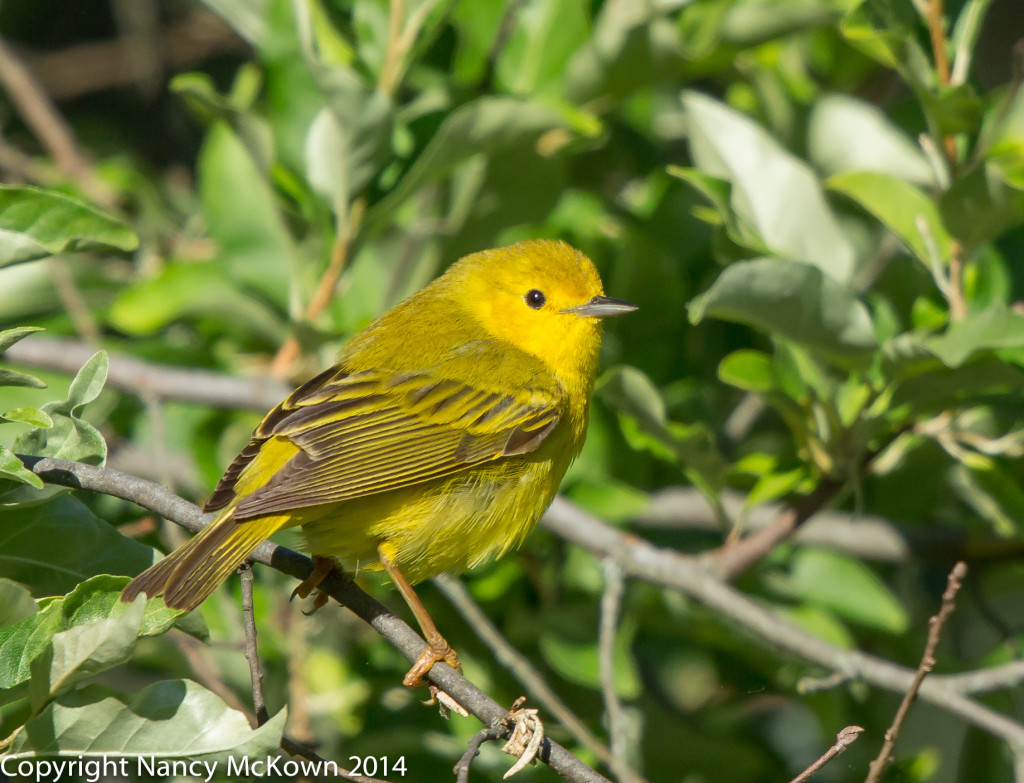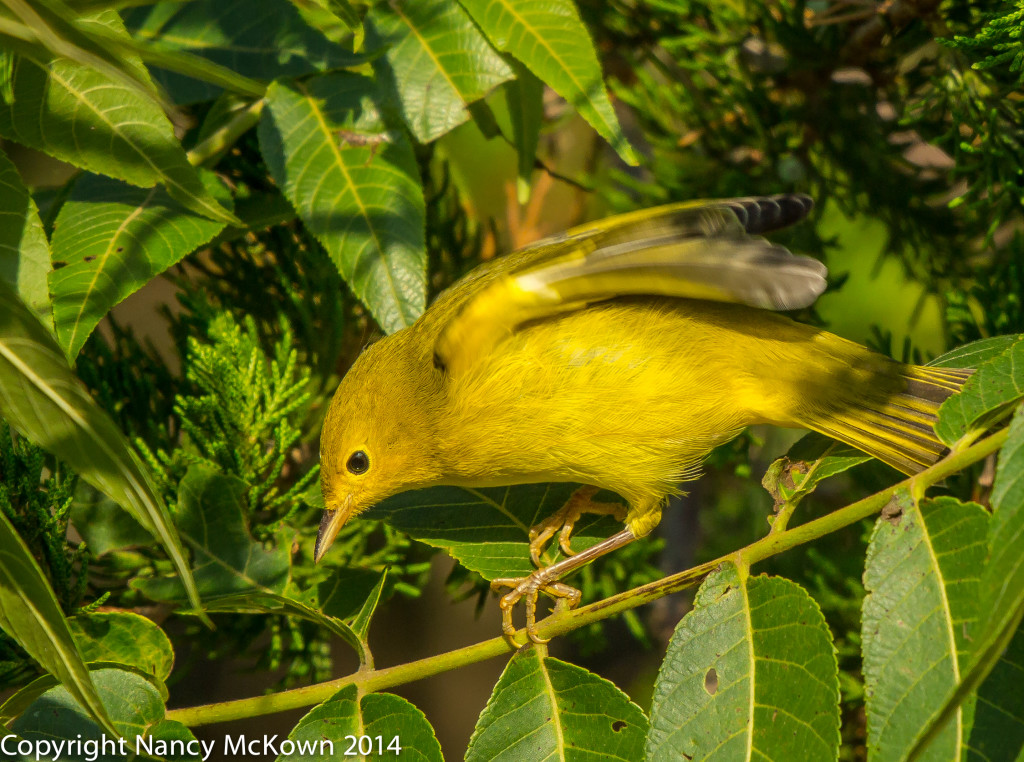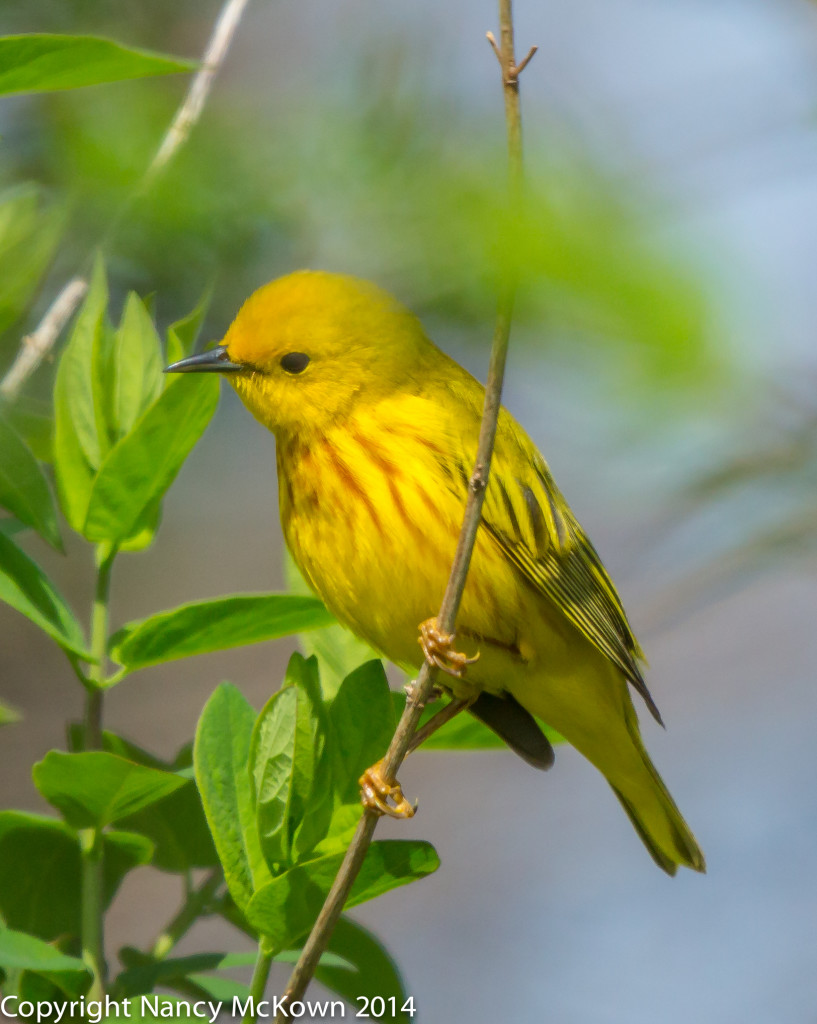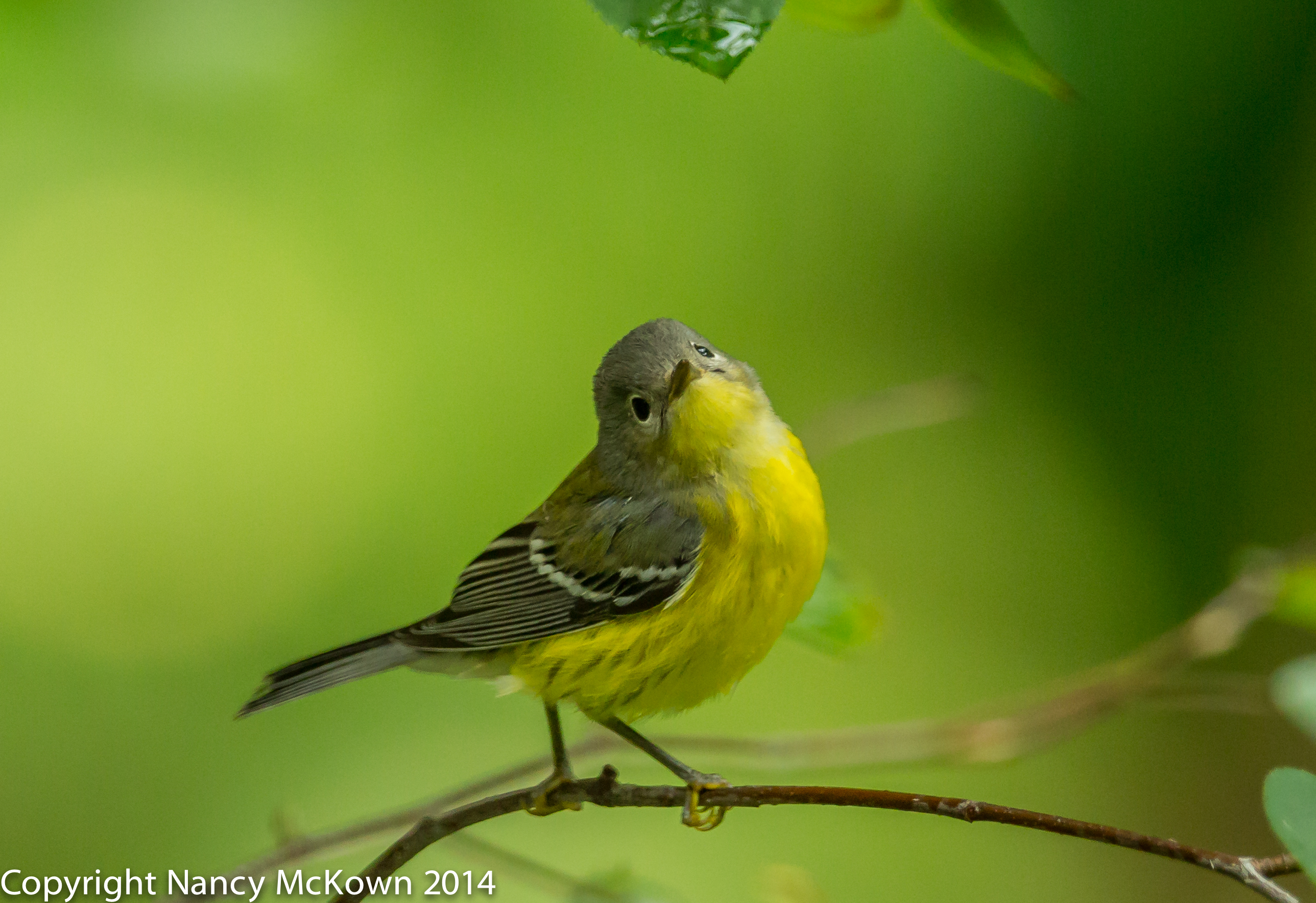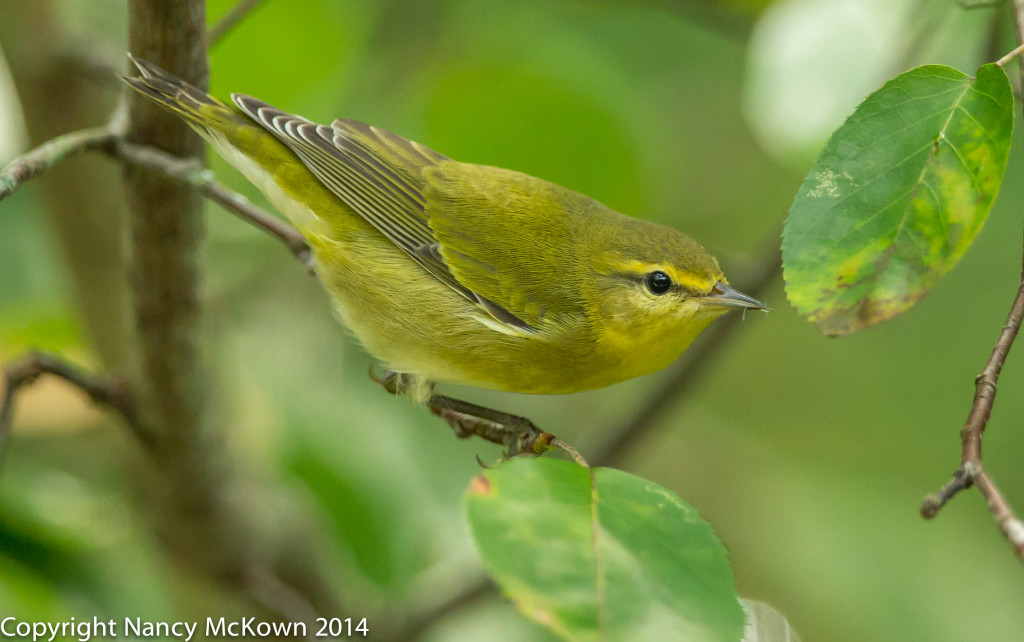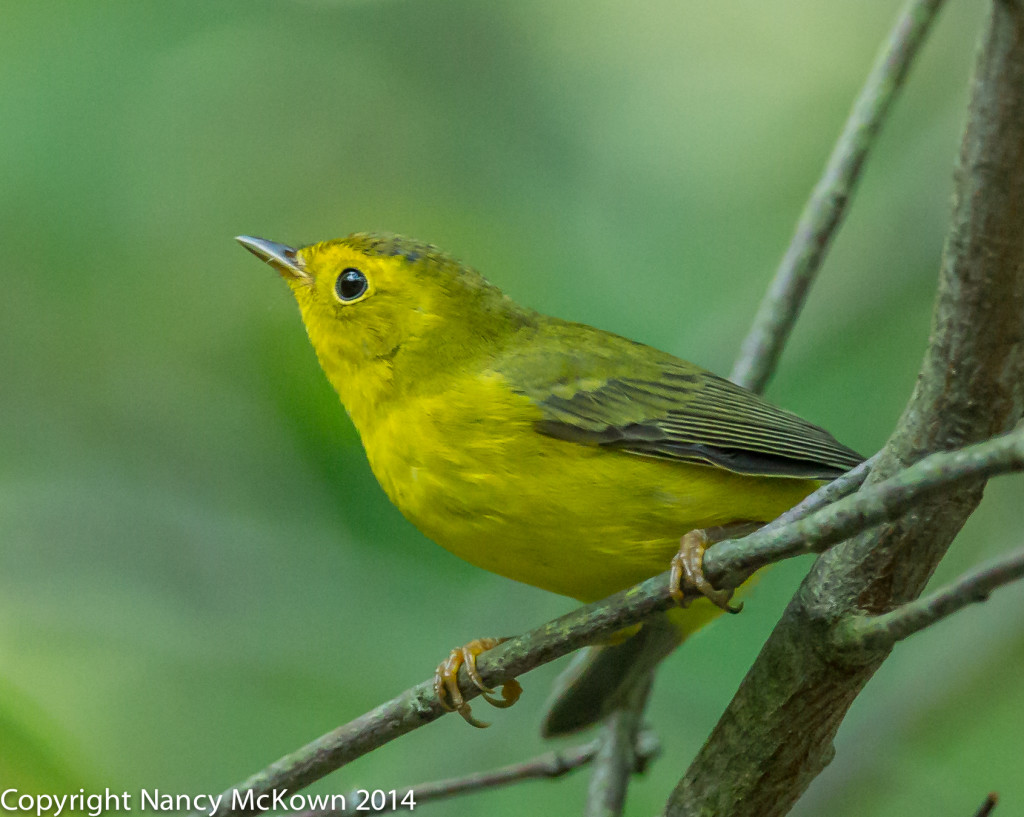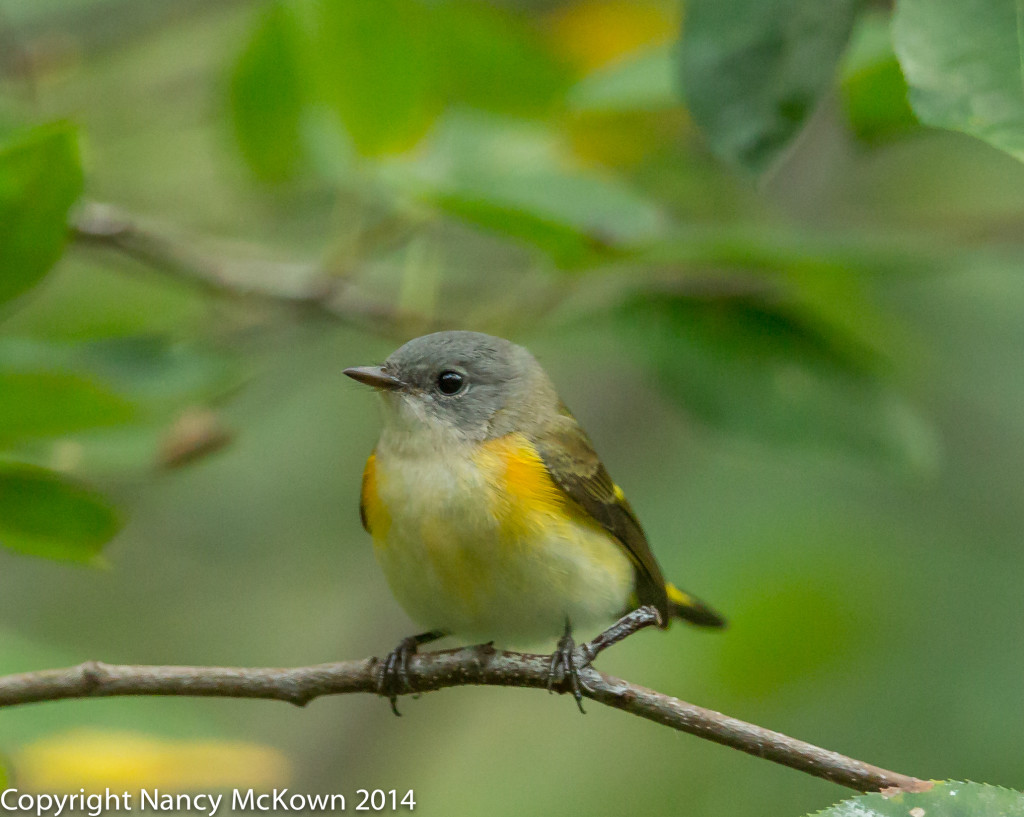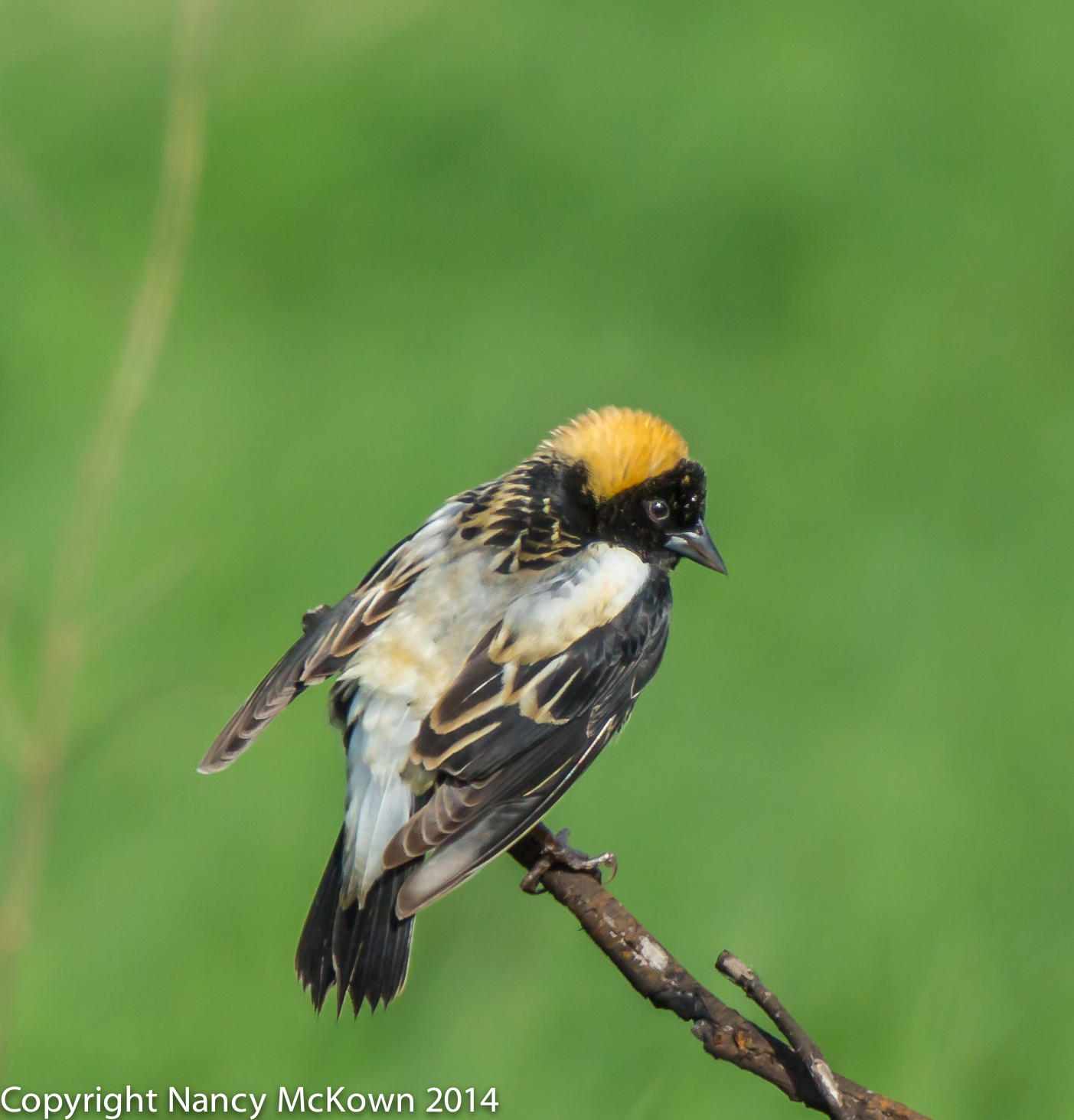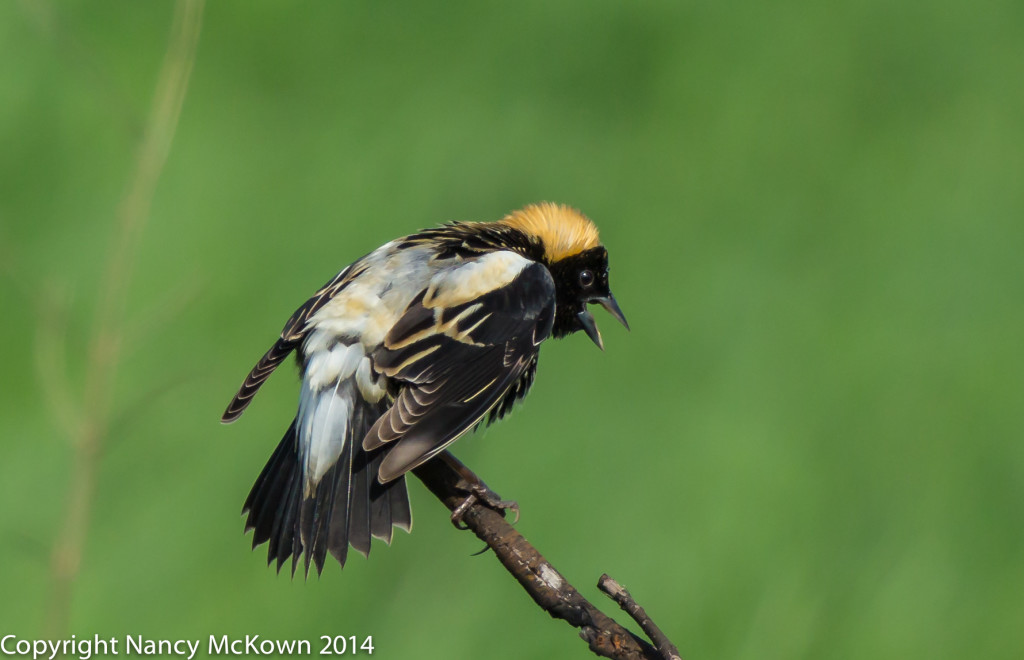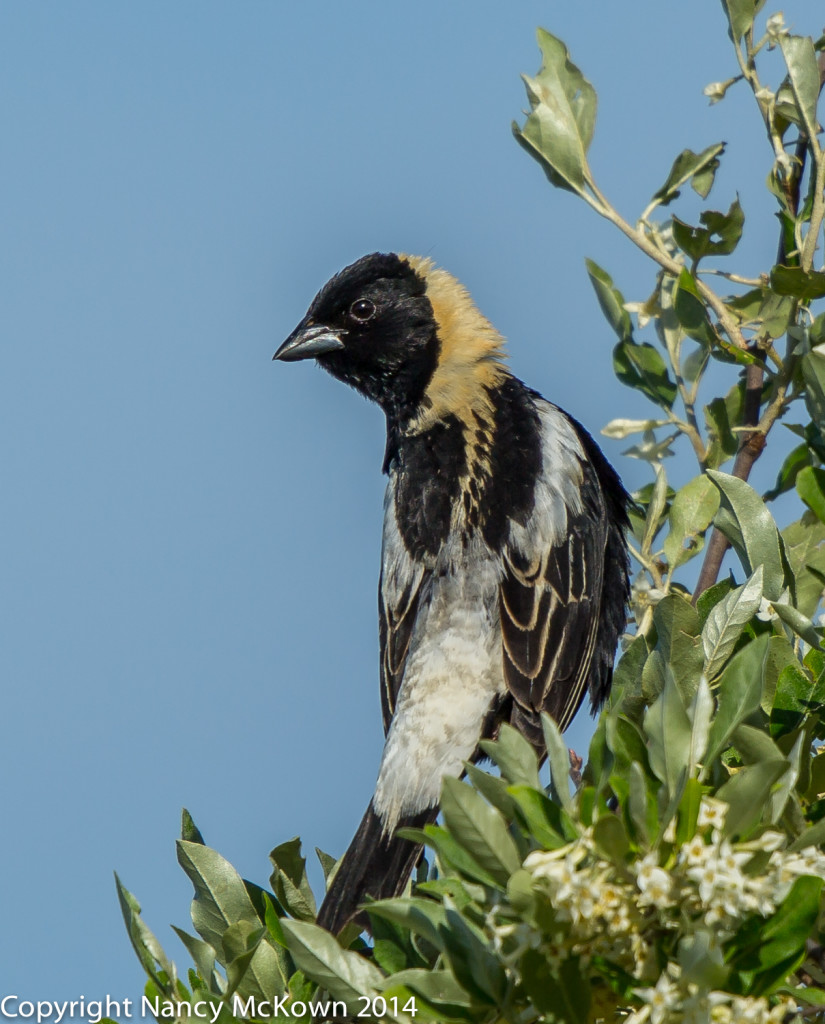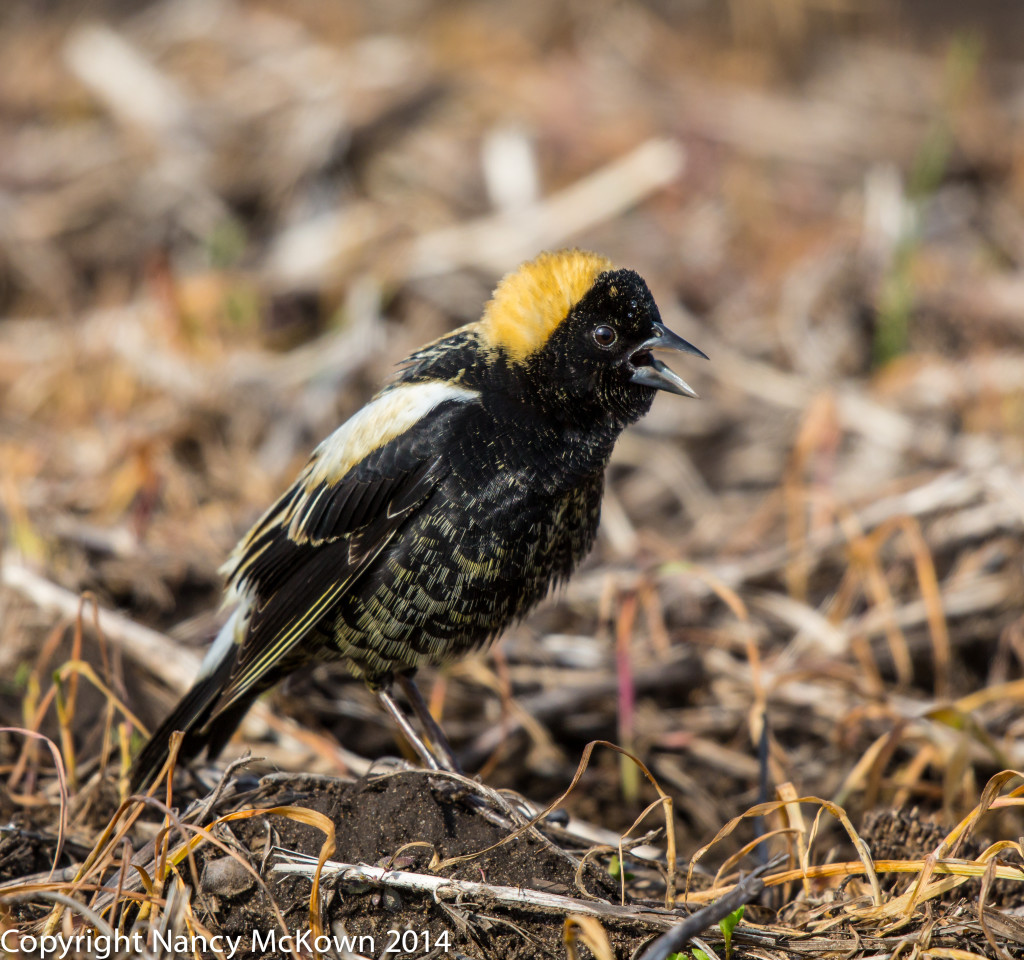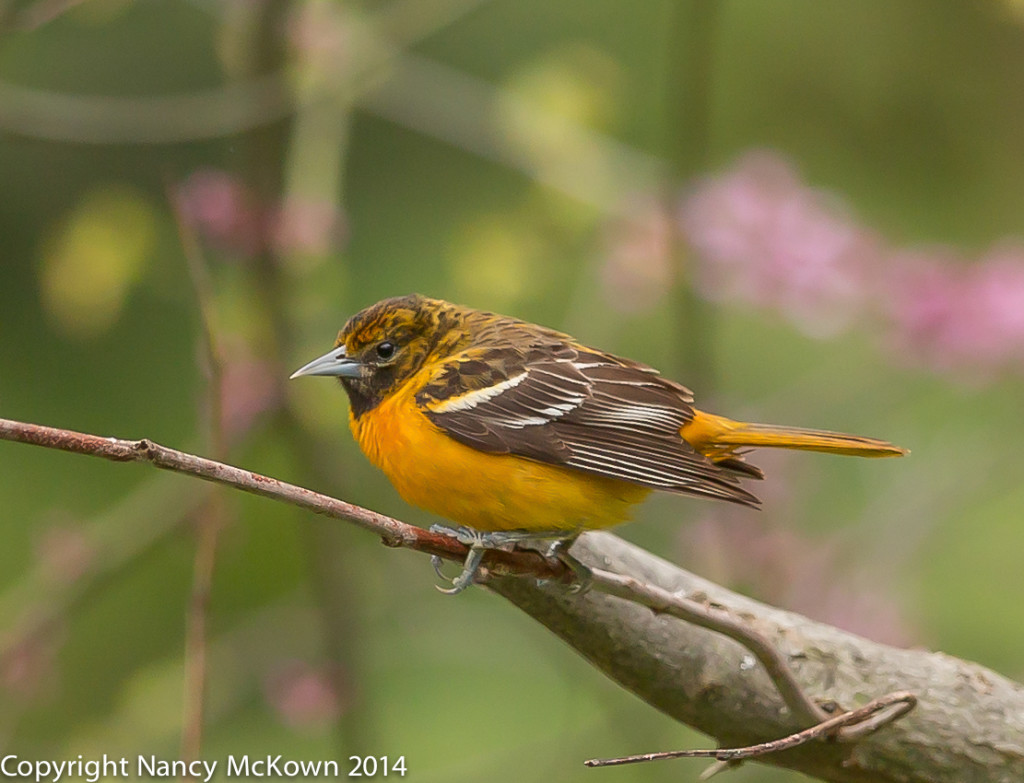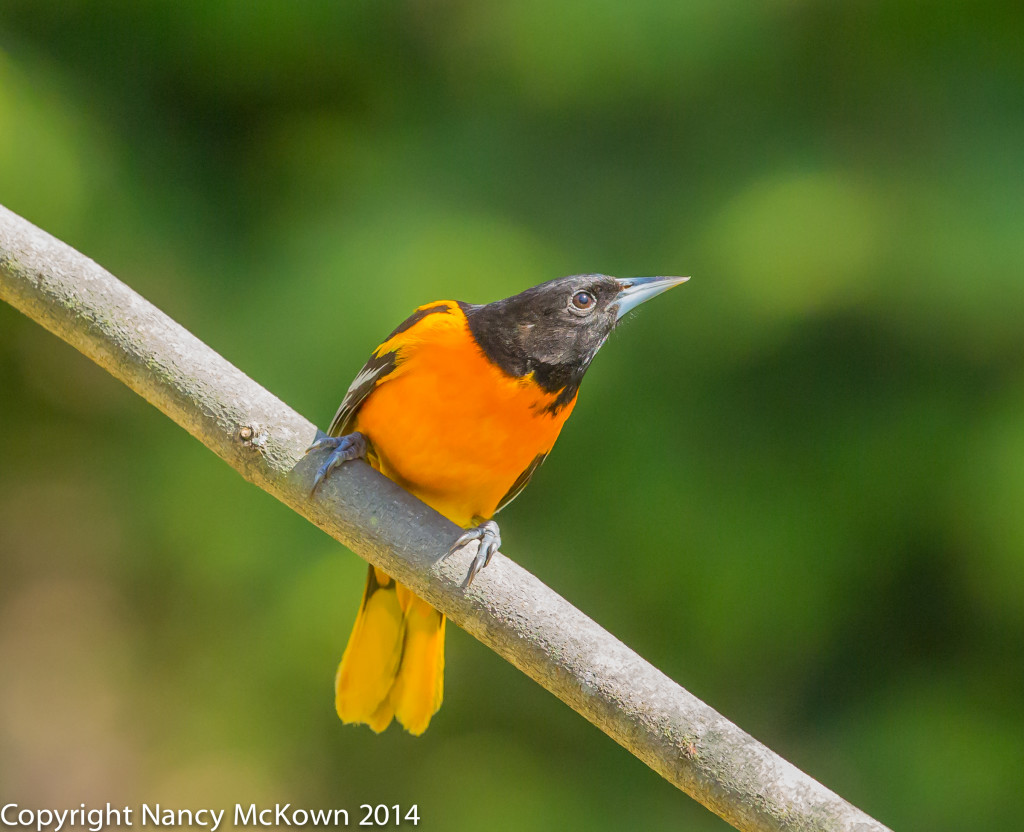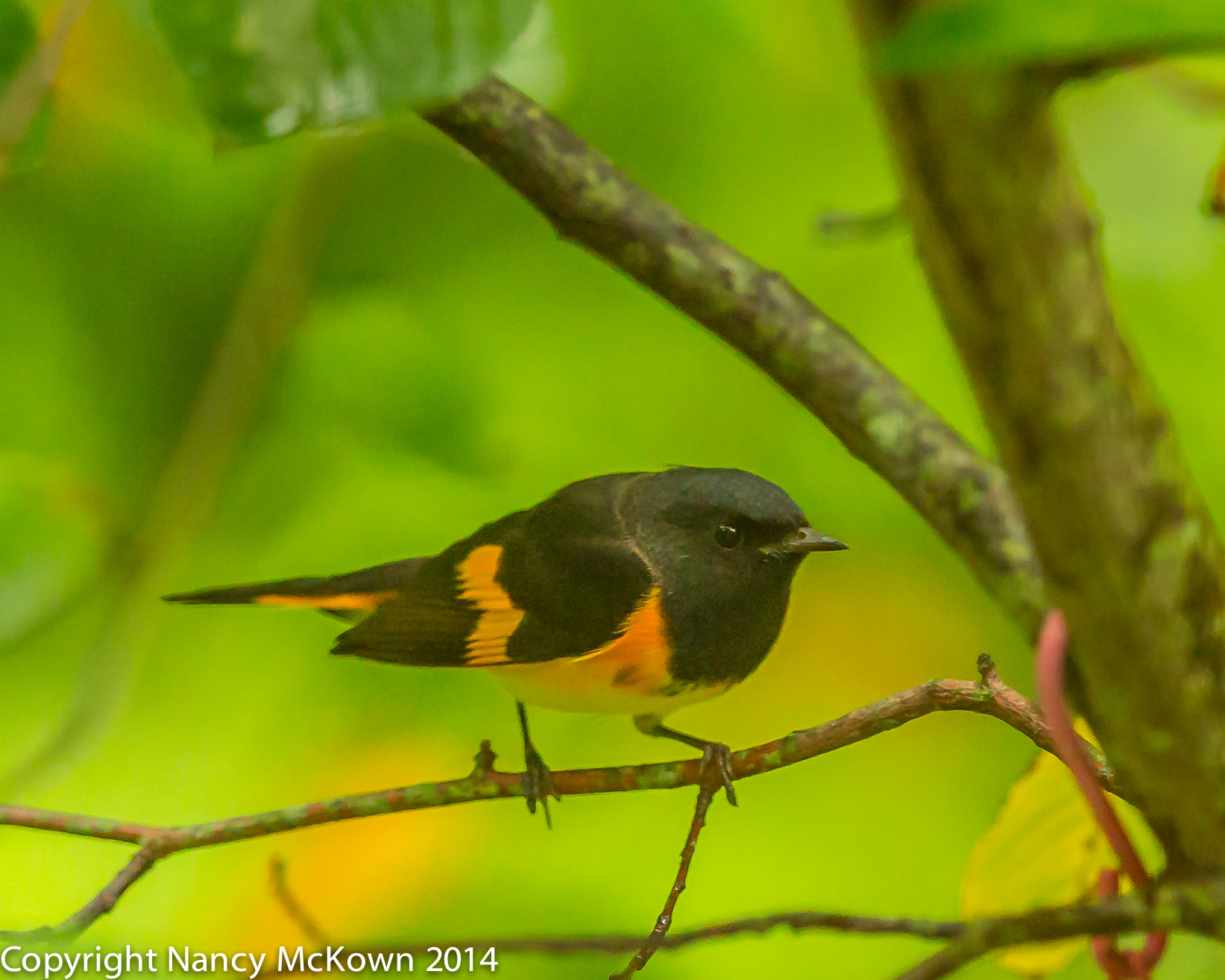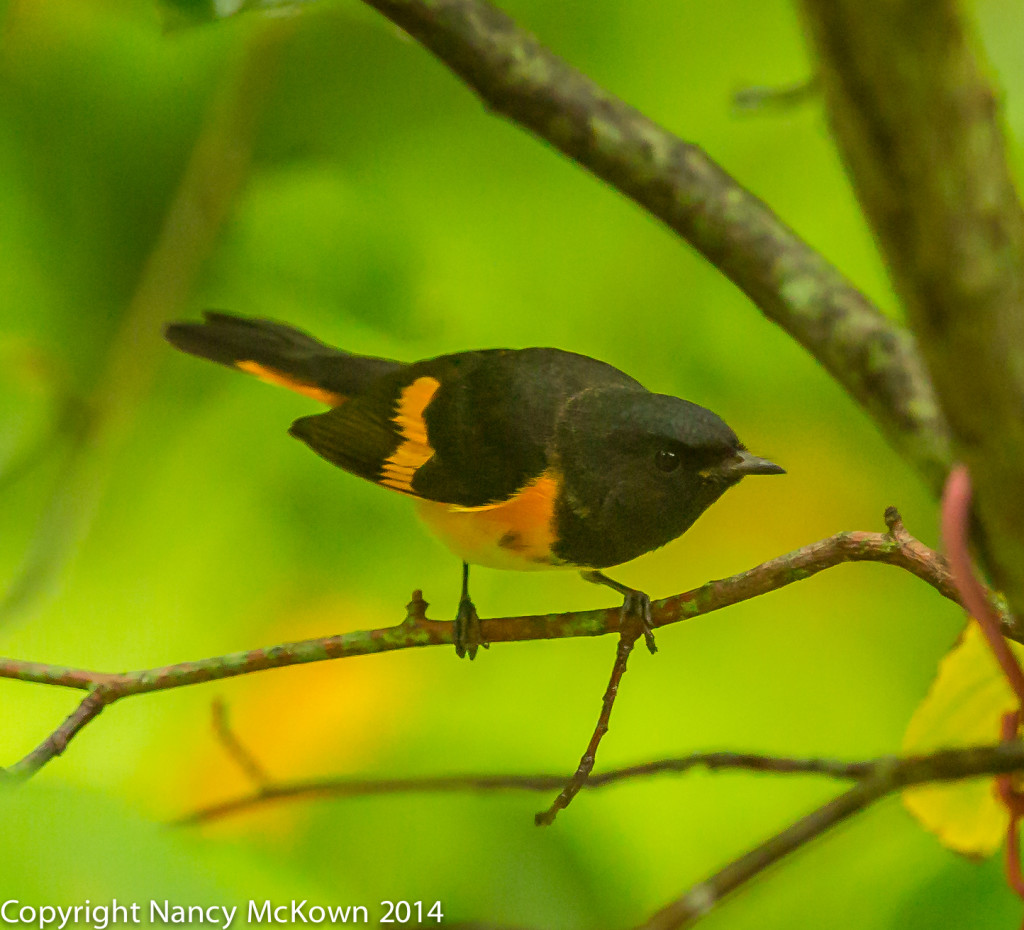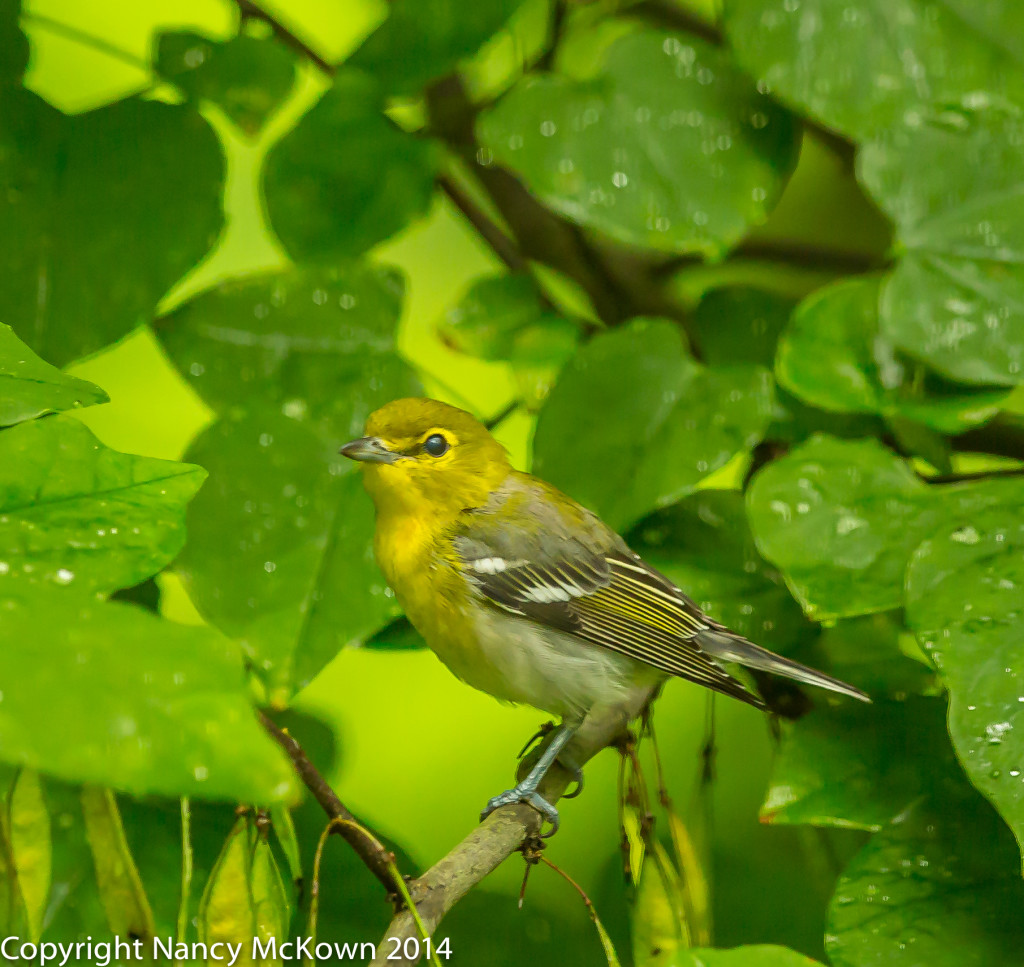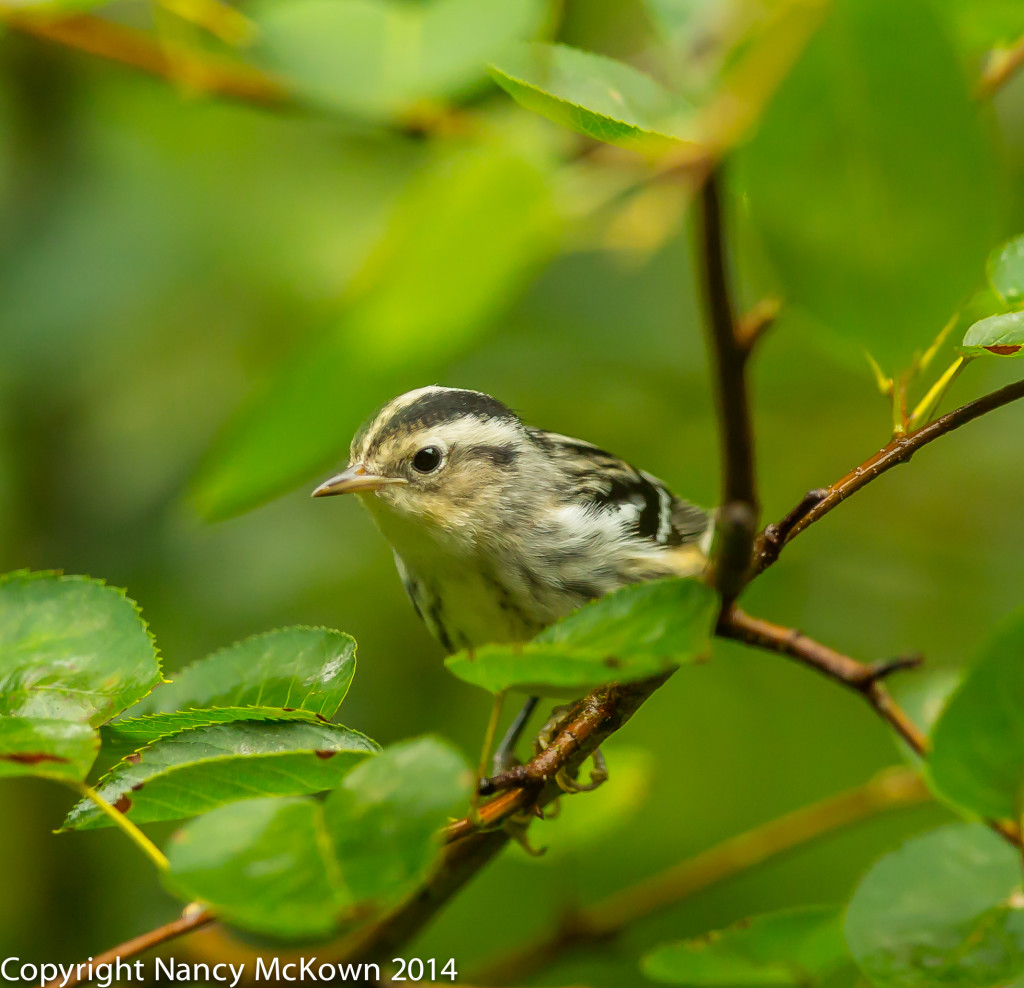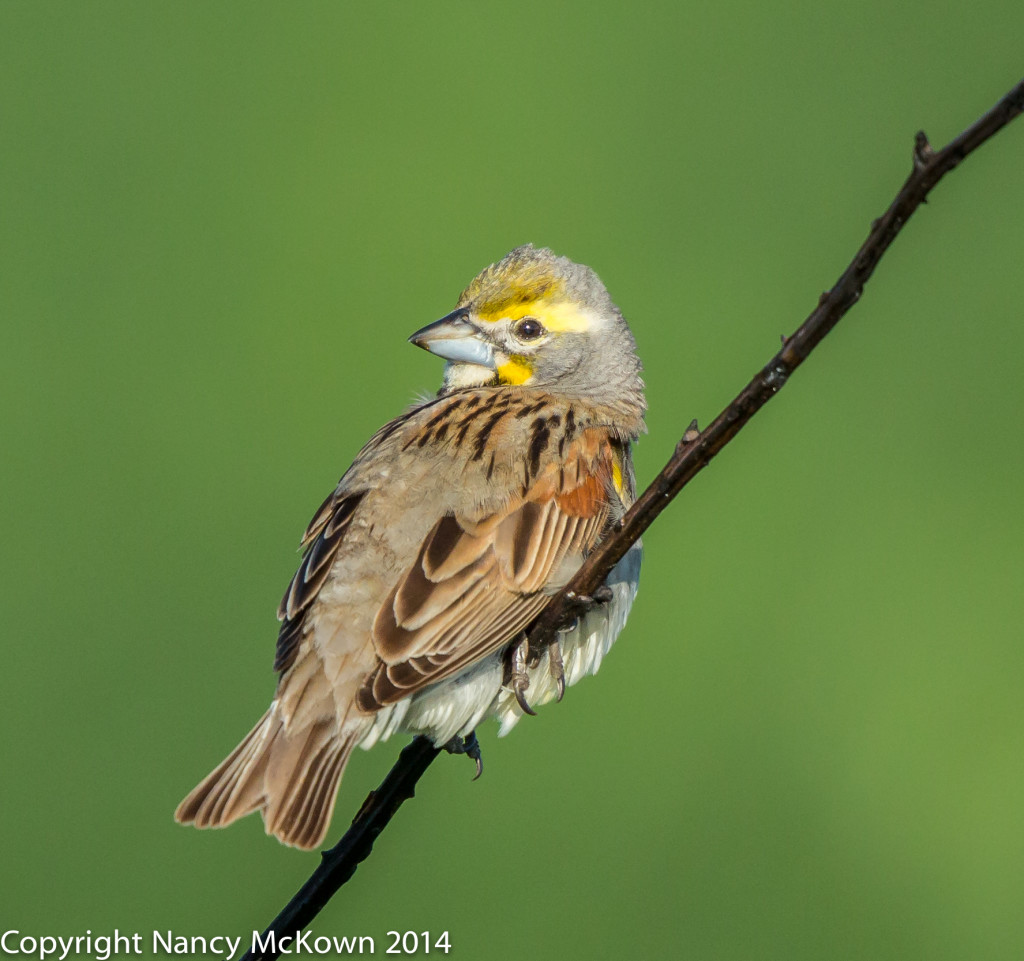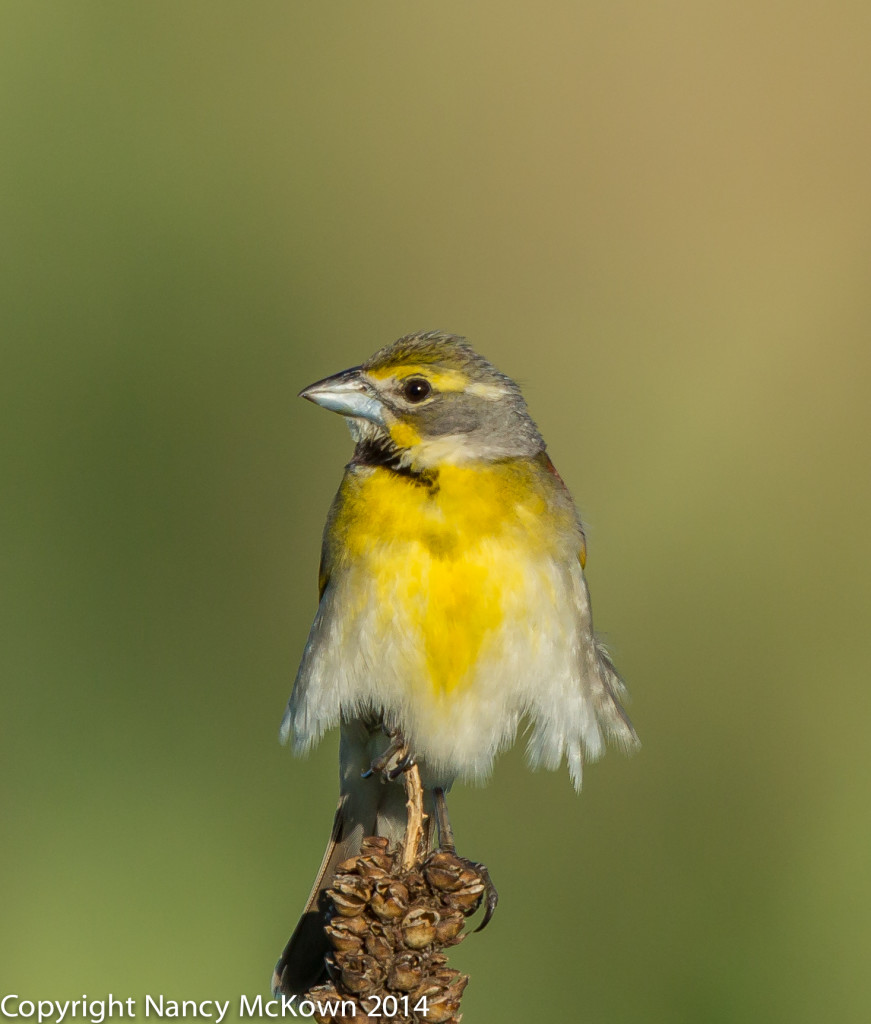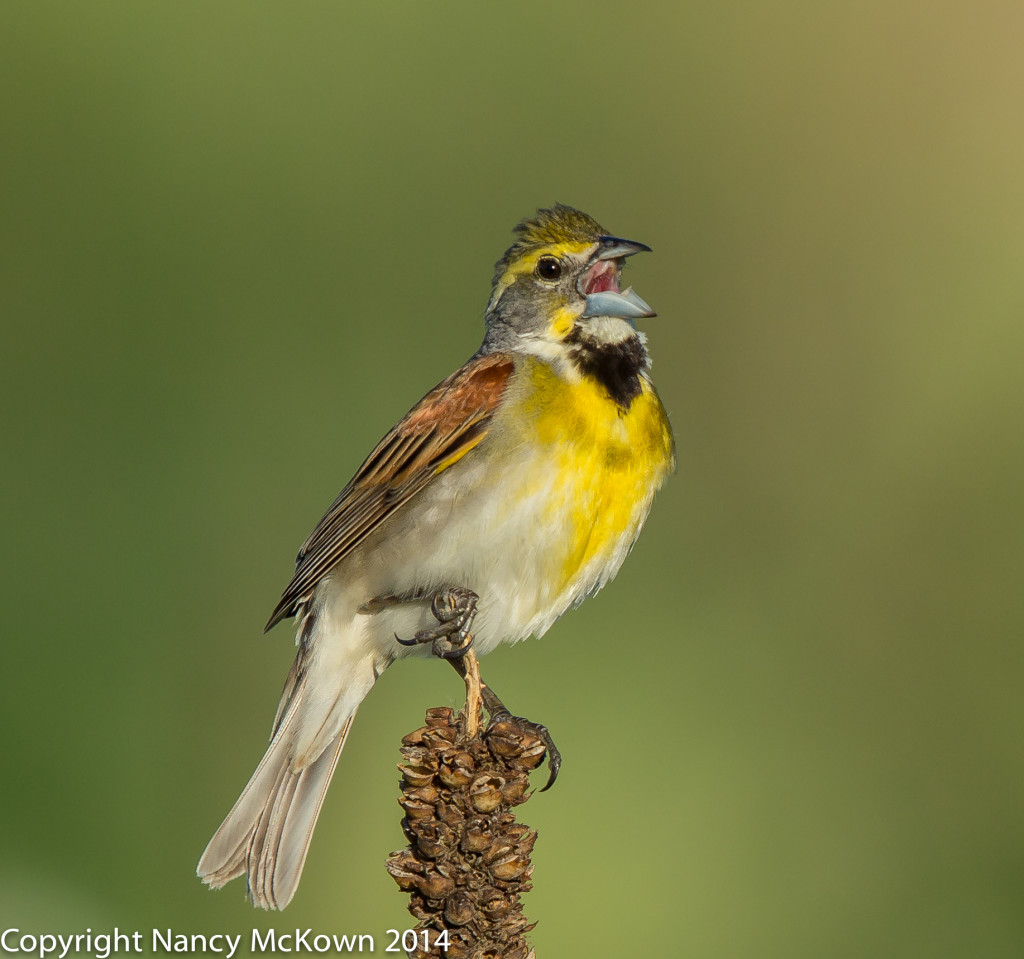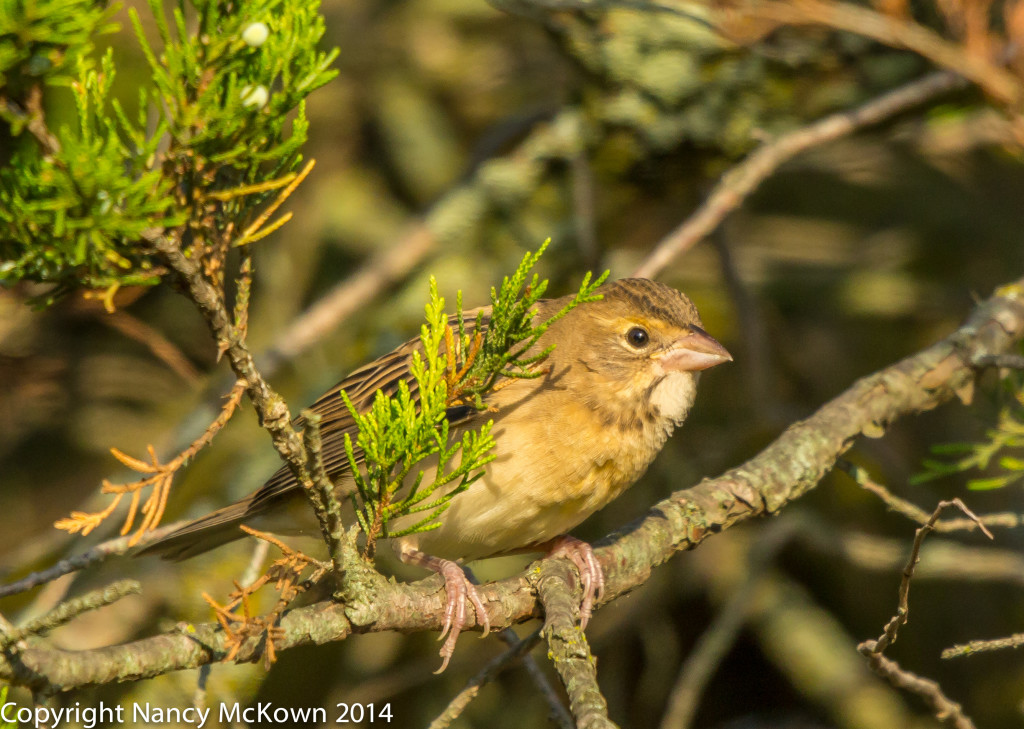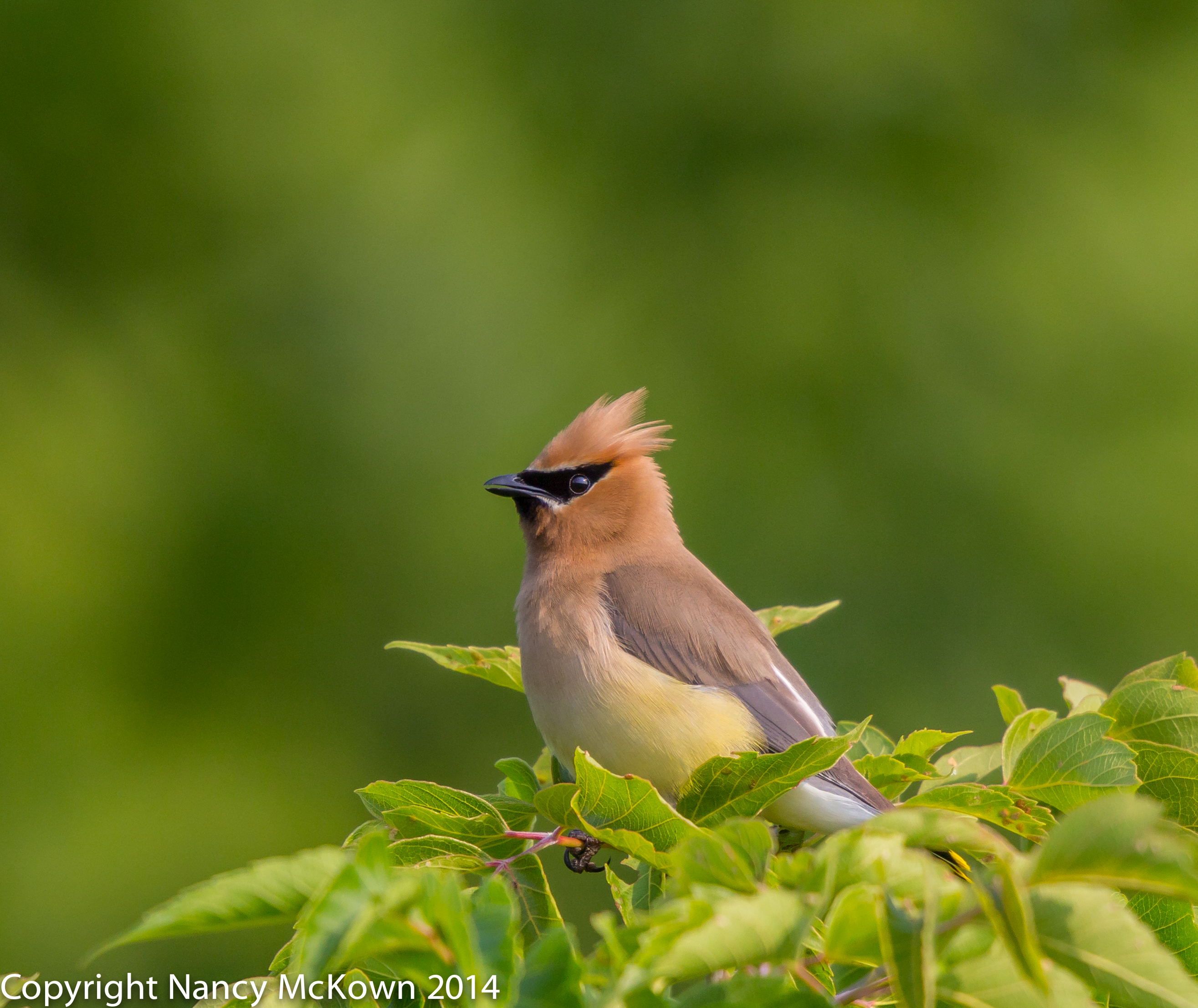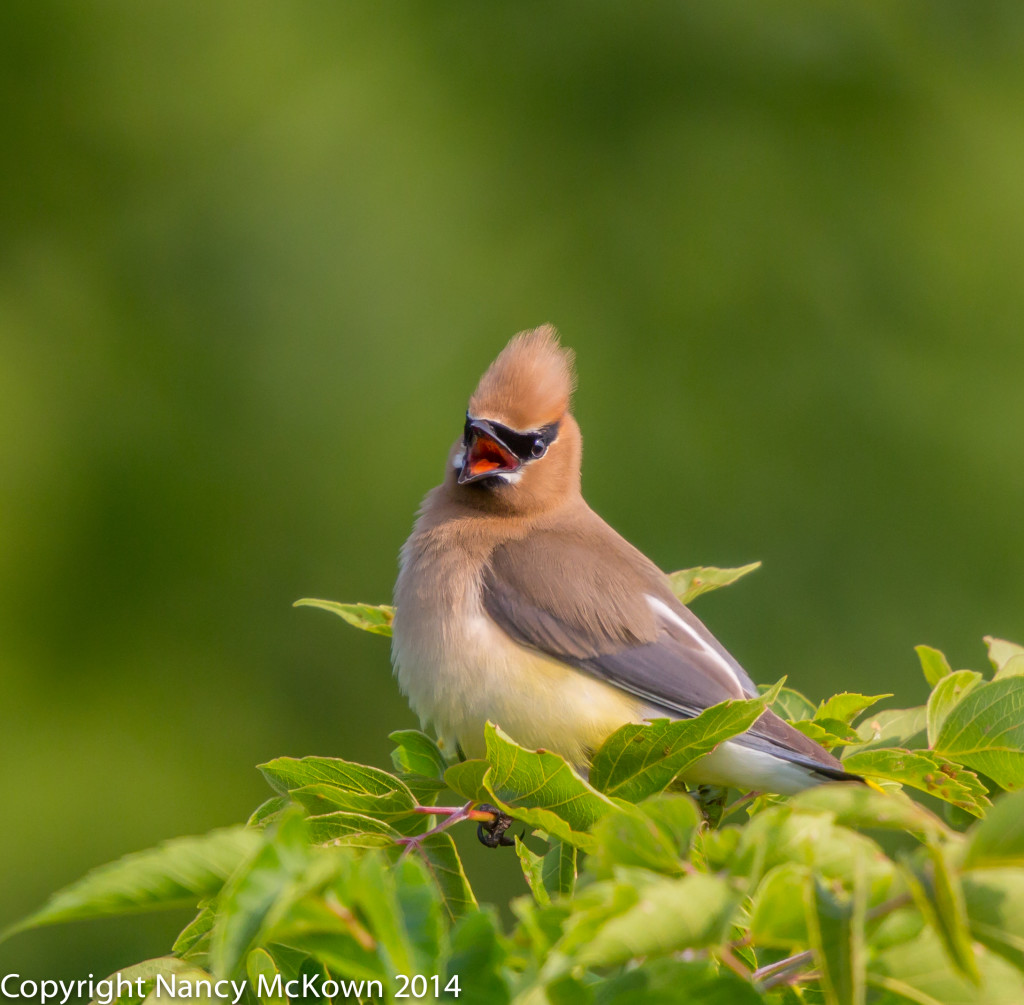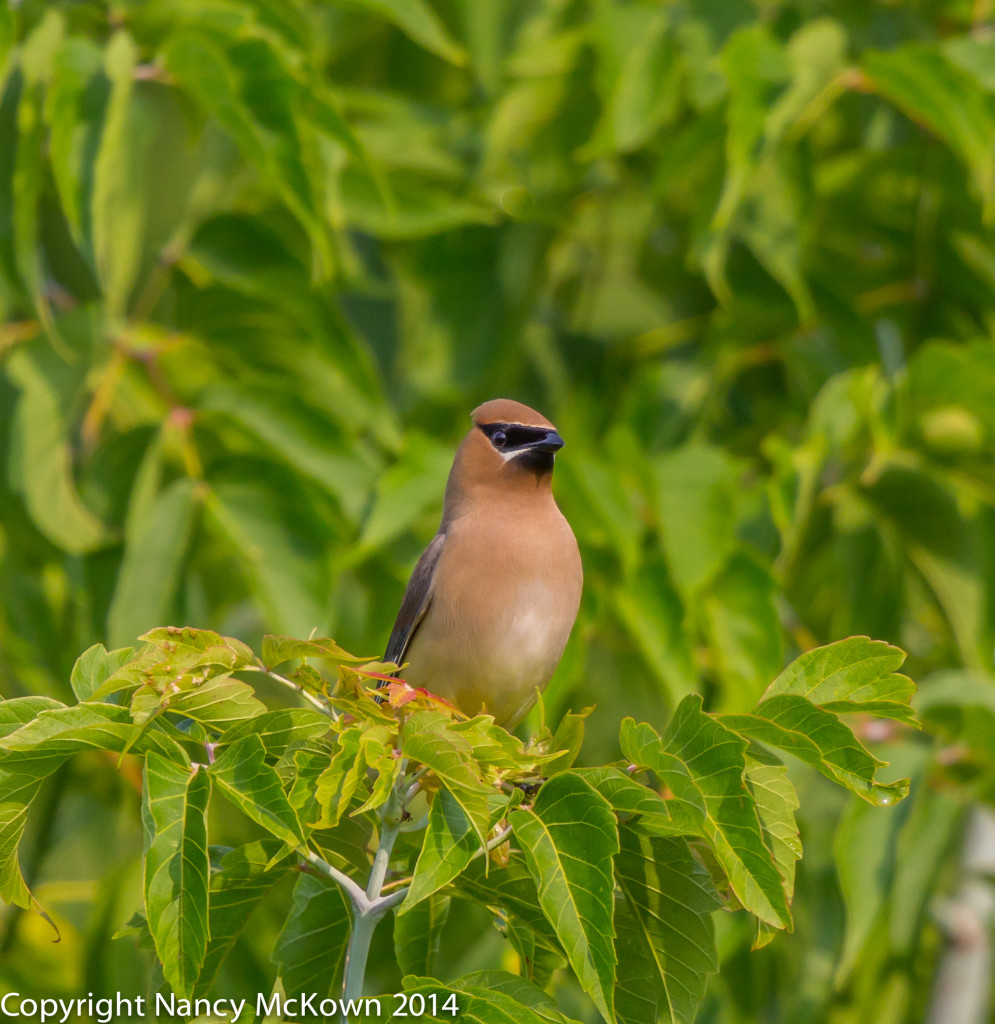Merlin Falcon Encounter
I was driving north on Lakeshore Drive on a late September early morning when I saw this Merlin Falcon perched on my raptor tree. I parked my car as close to the edge of the dune as I dared….illegally as I was facing the lane designated for southbound traffic. To avoid a flurry of activity that might scare the bird, I had set my big lens on the open window ledge when I first saw him, 200 feet back. The second I turned off the car, I was ready to shoot.
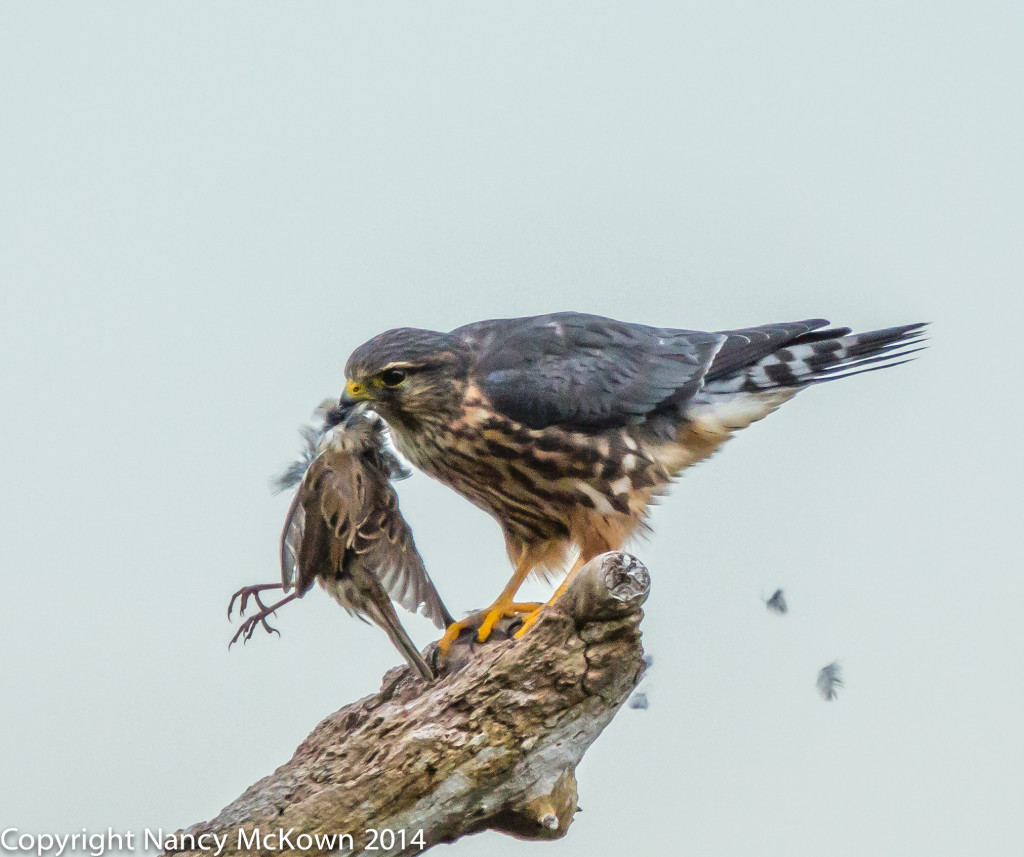
ISO2500; f/8; 1/1000 Second
Powerful and Aggressive Birds
The Merlin had just started to dine on a Song Sparrow, pulling out feathers with his claws and beak and scattering them to the wind. As I watched him over the next 10 minutes, he methodically but indelicately consumed his prey. His raptor talons ripped gruesomely into the body, disconnecting the head. For better access to the soft underbelly, the Merlin lifted the sparrow with his beak and swung it around to reposition it on the perch. With that sharp, hooked upper beak, he pierced deep into the juicy organ morsels. It was a bloody scene but I did not turn away, even for a moment.
Specialized Hunters of Birds
Merlins are fierce, powerful little raptors that specialize in hunting and feeding on other birds. Not much bigger than a Blue Jay, they use their speed and agility (and open claws) to knock their prey out of the sky. They then finish the job with bites to the neck and spinal cord. This Merlin must have caught and killed the Sparrow and dragged it back to the perch just minutes before.
This bold little predator was not about to leave his meal, though he did keep a close watch on me. I had time to take 150+ shots with my 500mm lens with 2x extender attached. The Merlin’s perch on the dead tree was at eye level with the camera and lens. However, details suffered because of the distance between lens and relatively small bird. The morning sun was behind me, low in the east. The tall trees behind me blocked its intensity, forcing me to use a rather high ISO. By the time I took my last shot, the sun was just beginning to rise above the tree line, allowing me to take the ISO down to 1000.
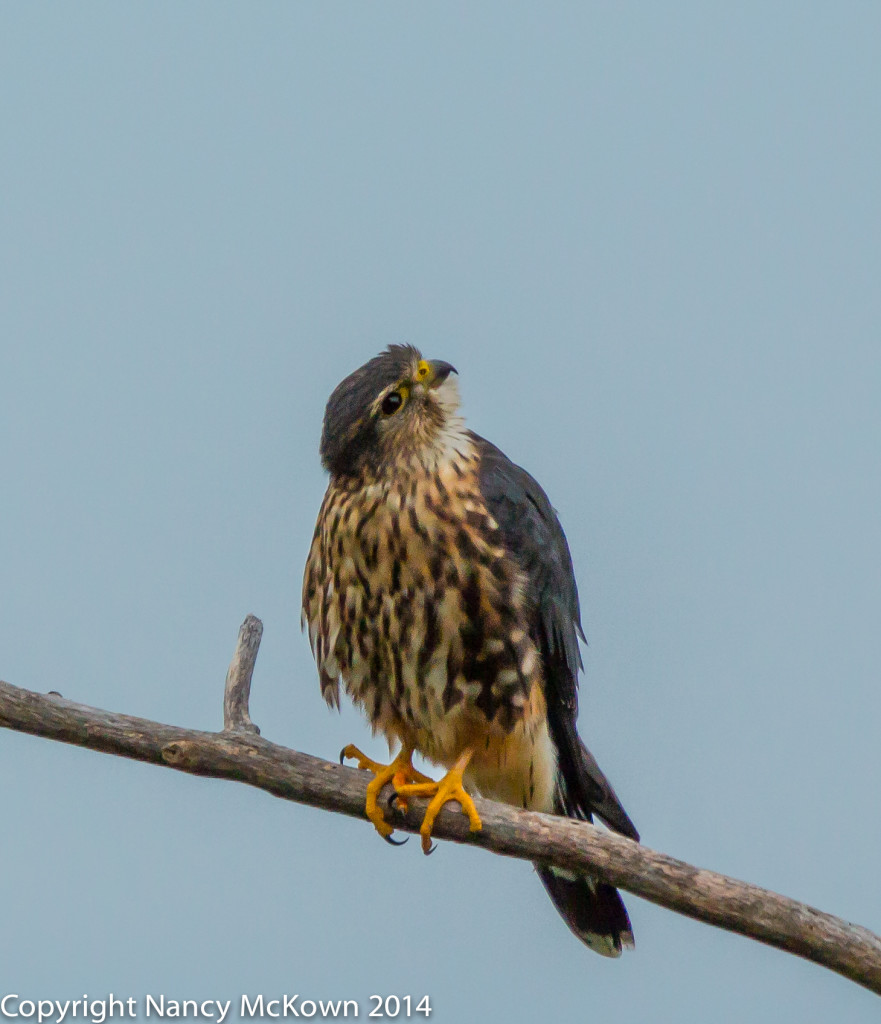
ISO 1000; f/9; 1/500 Second
Cleaning Up After the Feast
After the Merlin was finished, he left the remains (a clump of feathers and bones) on the perch and jumped to a lower, cleaner branch. With his talons, breast and beak still bloody from his meal, he began swiping his beak from side to side on the branch to clean away the remains of the feast. He then did a few minutes of feather cleanup and maintenance and he was off.
Migratory Photo Opportunities
Only during Spring and Fall migration are we lucky enough to see Merlin Falcons along the lakeshore. Not surprisingly, they follow other birds’ migratory coastal routes. I have high hopes to see and photograph at least one Peregrine Falcon as it passes through to its wintering grounds. My camera will be at the ready in my car through November.
Birds Feasting on Birds
It is always more fascinating to photograph birds engaged in some kind of activity (flying, feeding, mating, fighting, nesting, etc) rather than just majestically perching and posing. This is the first time I’ve had the opportunity to photograph a bird eating another bird. It was captivating! Merlins are fast and efficient killing machines, but they can also be prey for owls and the larger raptors. I bet Merlins are not an easy meal to take.
To learn more about my raptor tree on the shores of southern Lake Michigan, see this post.
To see my Merlin Falcon photos from last Fall, see this post.











